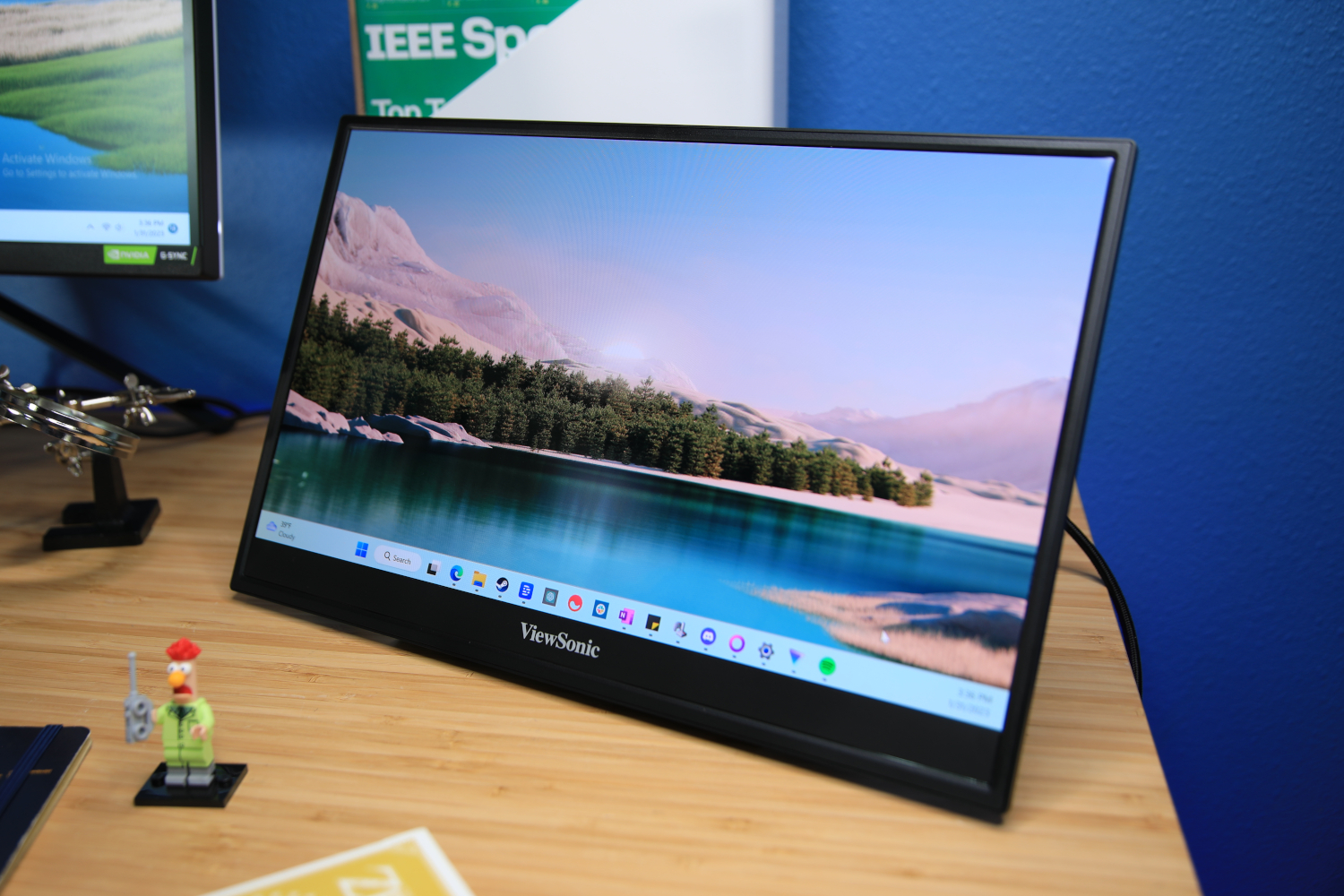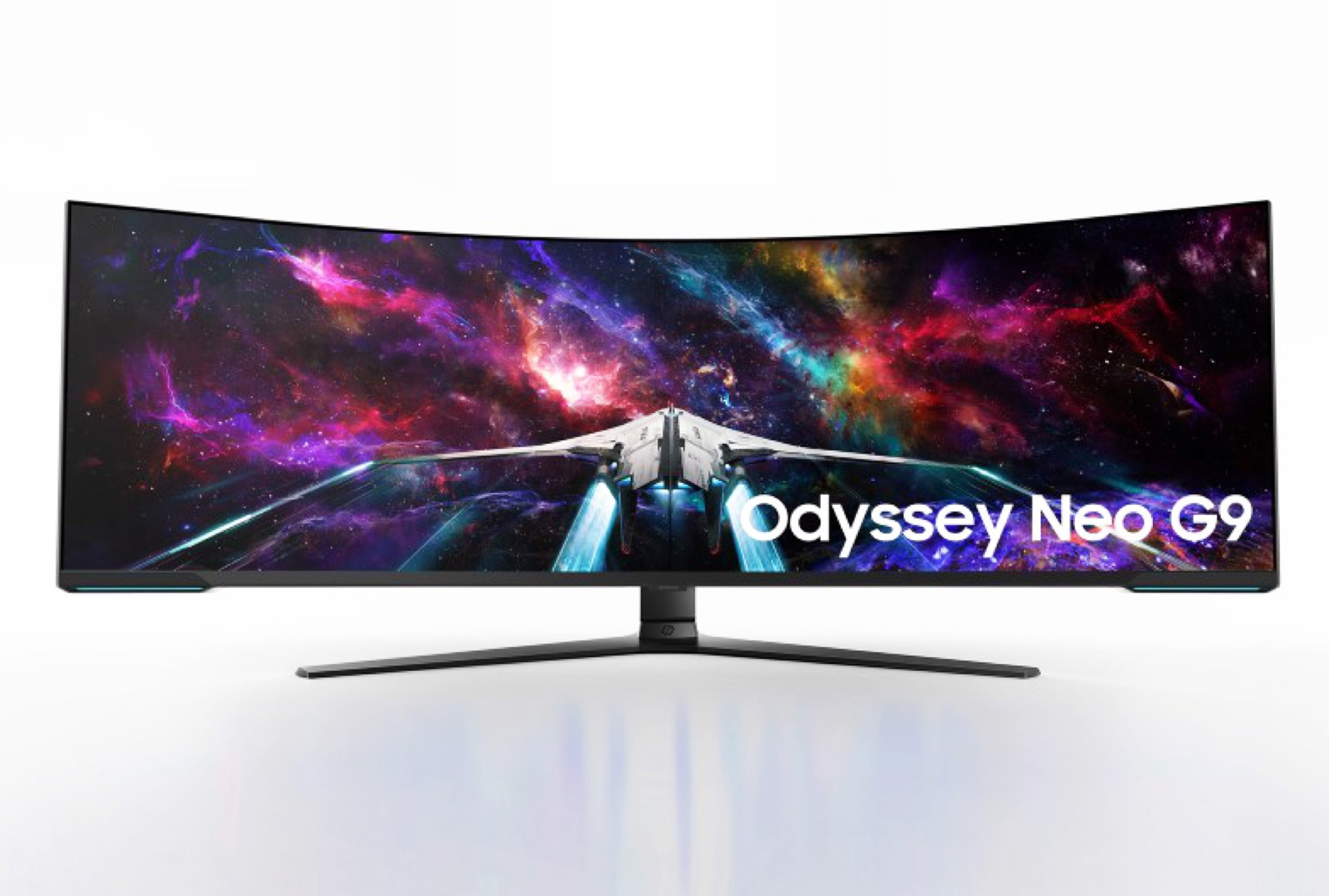In today’s fast-paced work environment, the importance of ergonomic workspaces cannot be overstated. With many employees spending upwards of eight hours a day at their desks, creating an environment that minimizes discomfort and maximizes productivity is essential. One innovative solution gaining traction is the use of rotating monitors. This article explores how rotating monitors contribute to ergonomic workspaces, enhancing comfort and overall well-being.
The Importance of Ergonomics in the Workplace

Ergonomics, the science of designing workspaces to fit the needs of the user, plays a vital role in employee health and productivity. Poor workstation design can lead to various health issues, such as:
- Musculoskeletal disorders (MSDs)
- Eye strain and headaches
- Fatigue and decreased productivity
- Increased absenteeism due to health problems
According to the U.S. Bureau of Labor Statistics, MSDs accounted for 34% of all workplace injuries and illnesses in 2020. By investing in ergonomic solutions, companies can significantly reduce these risks, resulting in healthier, more productive employees.
Understanding Rotating Monitors

Rotating monitors, also known as pivoting or swivel monitors, allow users to change the orientation of their screens from landscape to portrait mode. This functionality can be especially beneficial for tasks that require extensive reading or coding, as it allows users to view more content vertically without scrolling. But how exactly do rotating monitors enhance ergonomic workspaces?
Benefits of Rotating Monitors

Rotating monitors offer several advantages that contribute to a more ergonomic workspace:
- Improved Posture: By allowing users to adjust the monitor to their eye level, rotating monitors help maintain proper posture, reducing strain on the neck and back.
- Reduced Eye Strain: Users can position the monitor at the optimal distance, minimizing eye strain caused by glare or excessive screen brightness.
- Enhanced Productivity: With the ability to view documents in portrait mode, users can work more efficiently, reducing time spent scrolling through lengthy texts.
- Flexibility for Multiple Users: In shared workspaces, rotating monitors can be adjusted easily to accommodate different users’ preferences and needs.
Case Studies: Rotating Monitors in Action

Several organizations have implemented rotating monitors in their workspaces, yielding positive results. Here are two notable case studies:
Case Study 1: Tech Company Transformation

A leading tech company decided to revamp its workspace to enhance employee comfort and productivity. By introducing rotating monitors, they observed:
- A 30% reduction in reported neck and shoulder pain among employees.
- A 15% increase in overall productivity as employees could manage multiple documents more efficiently.
- Improved employee satisfaction scores related to workspace comfort and usability.
Case Study 2: Graphic Design Agency
A graphic design agency adopted rotating monitors to help its designers work on various projects. The results included:
- Enhanced creativity due to an improved workflow, as designers could view their projects in a more user-friendly format.
- A noticeable decrease in eye strain, leading to fewer breaks and more focused work sessions.
- Stronger collaboration, as team members could easily share their screens in portrait mode during discussions.
Statistics Supporting Monitor Rotation Benefits
Research and surveys have consistently shown that ergonomic interventions, such as rotating monitors, lead to improved employee health and productivity. Here are some compelling statistics:
- A study by the Occupational Safety and Health Administration (OSHA) highlights that ergonomic improvements can reduce work-related injuries by up to 40%.
- According to a survey conducted by the International Ergonomics Association, 60% of employees reported increased comfort and reduced pain after implementing ergonomic solutions like rotating monitors.
- A report from the Human Factors and Ergonomics Society found that employees using adjustable monitors experienced a 12% improvement in work performance.
Implementing Rotating Monitors in Your Workspace

Introducing rotating monitors into your workspace can be a straightforward process. Here are some steps to consider:
- Assess Employee Needs: Conduct surveys or interviews to understand employee preferences and identify specific areas of discomfort.
- Select Appropriate Monitor Models: Choose monitors that offer seamless rotation and height adjustment features.
- Train Employees: Provide training on how to adjust monitors for optimal ergonomic benefits.
- Encourage Regular Breaks: Remind employees to take regular breaks to reduce fatigue, regardless of monitor type.
Conclusion: The Future of Ergonomic Workspaces
As the landscape of work continues to evolve, the emphasis on ergonomics will remain pivotal in creating healthier workplaces. Rotating monitors represent a significant advancement in ergonomic design, offering numerous benefits, from improved posture to enhanced productivity. By adopting such innovative solutions, organizations can foster a culture of well-being, leading to happier and more engaged employees.
In summary, the integration of rotating monitors into ergonomic workspaces is not merely a trend but a necessary evolution in how we approach workplace design. With proven benefits backed by research and real-world case studies, it’s clear that investing in employee comfort and health pays dividends in productivity and satisfaction.